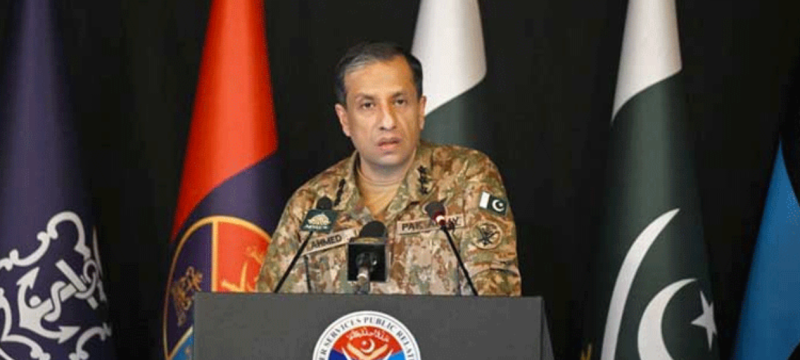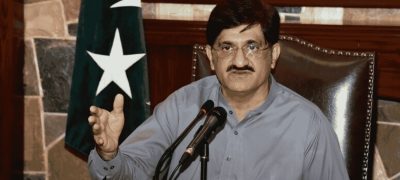Pakistan’s military disclosed extensive details of its retaliatory strikes against India, affirming that the ceasefire request came from New Delhi following significant damage inflicted by the Pakistani Armed Forces during Operation Bunyanun Marsoos.
Addressing a joint press conference, DG ISPR Lt Gen Ahmed Sharif Chaudhry, alongside senior air force and navy officials, stated that Pakistan struck 26 Indian military facilities, including air force bases, missile systems, and command centres, in response to Indian attacks on Pakistani civilians on the night of May 6–7. Pakistani drones reportedly hovered over several Indian cities, including New Delhi, during the offensive on May 10.
Targets included high-value Indian air force installations at Pathankot, Srinagar, Ambala, and Udhampur, as well as BrahMos missile facilities and S-400 air defence systems, which Lt Gen Chaudhry said were used to attack Pakistani civilians. Pakistani forces also dismantled Indian logistic bases and military headquarters that had orchestrated operations in Indian Illegally Occupied Jammu and Kashmir (IIOJK) and across the Line of Control.
Also Read: Fazlur Rehman Says Modi Faces Global Humiliation After Pakistan’s Retaliation
“Our response was precise, proportionate, and restrained,” Chaudhry said, stressing that Pakistan had refrained from targeting Indian civilians, in line with military professionalism and religious values. He confirmed that Pakistan deployed long-range Fateh series missiles, advanced drones, loitering munitions, and conducted cyber offensives to cripple Indian military infrastructure temporarily.
Lt Gen Chaudhry emphasised that Pakistan did not request a ceasefire. “Let it be on record—India requested the ceasefire after we had delivered a calibrated response,” he asserted, adding that international interlocutors later facilitated communication leading to de-escalation on May 10.
Air Vice Marshal Aurangzeb Ahmed highlighted that the Pakistan Air Force (PAF) carried out its largest single-mission targeting of Indian airfields since 1971, disabling Indian Rafale jets near the western front and successfully neutralising all hostile drones. Vice Admiral Raja Rab Nawaz clarified that although India’s aircraft carrier INS Vikrant had moved closer to Pakistani waters, it retreated after realising the risks posed by Pakistan Navy’s readiness.
Throughout the briefing, officials underscored Pakistan’s unified political and military response, praising the resolve of the armed forces, political leadership, and citizens. Lt Gen Chaudhry concluded, “Pakistan’s military acted maturely, avoided escalation towards a catastrophic conflict, and delivered justice for our martyrs.”









